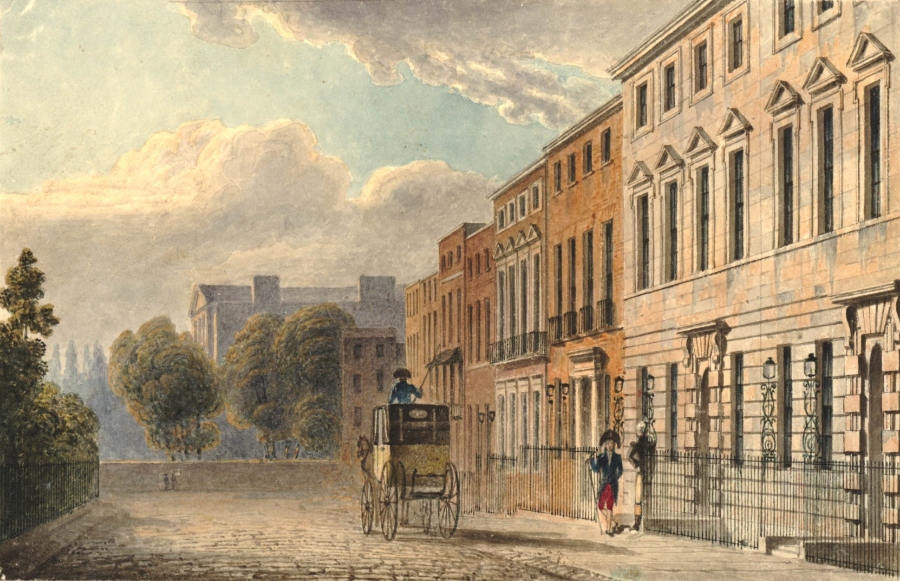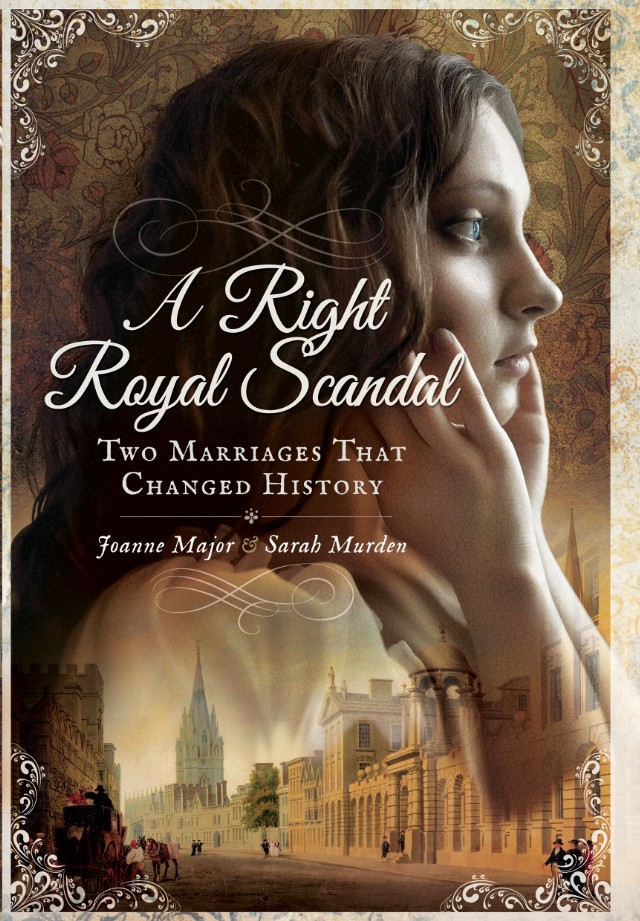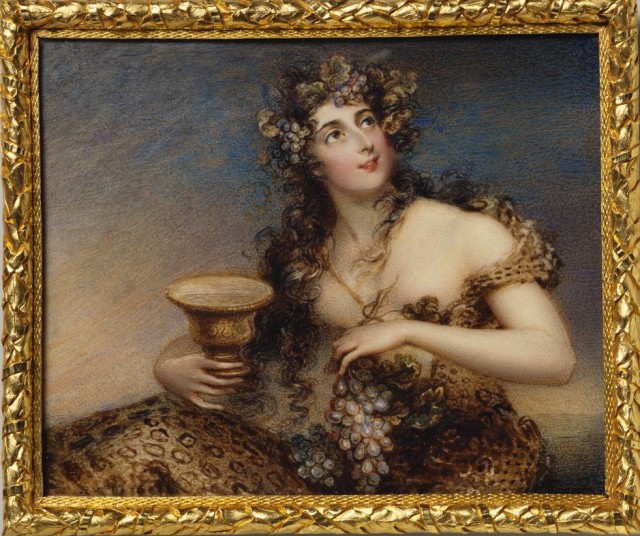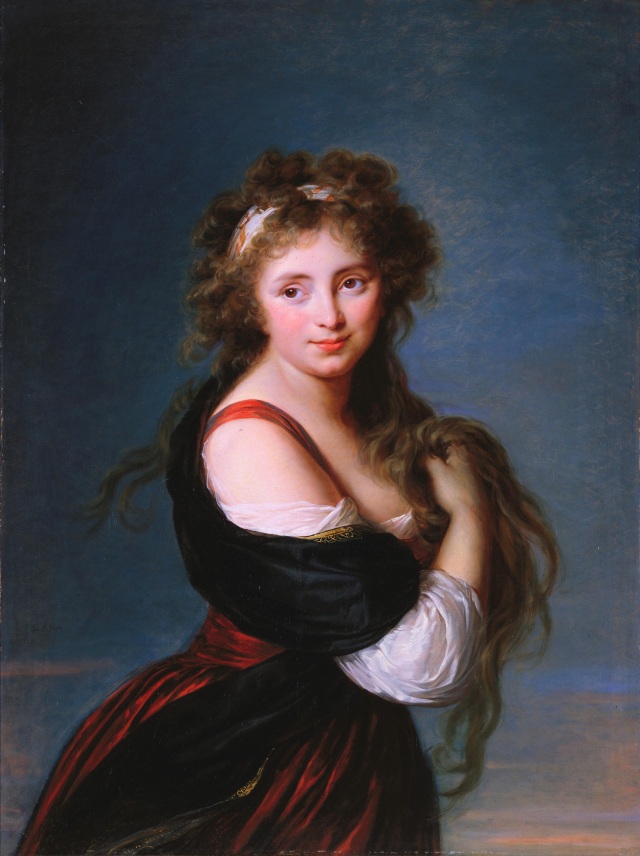For those familiar with this period of history, you will no doubt be well aware of the relationship the Duke of Clarence had with the actress Dorothea Jordan and that she had 10 illegitimate children with him.

To ensure the continuity of the family line though, William, Duke of Clarence was persuaded/coerced/cajoled/bullied into marrying, take it as you will.

We came across this extract from a letter in The Georgian Papers written by his mother Queen Charlotte to Prinny (George, Prince Regent) in 1817 which we thought would be of interest and quite clearly shows Queen Charlotte’s view of the Duke of Clarence’s illegitimate offspring.
I doubt he will think it advisable to marry by that I mean his pecuniary affairs which lay heavy at his heart as to what relates to his children I should think that is a point which if he marries must be settled amongst themselves, for as they are not to live under the same roof I cannot see why if the princess is reasonable she should object to see those children. I enclose the copy and make no further comments upon it as it will explain the whole.
Next, we have Williams extremely heartfelt view about any possible marriage. The underlined words are of his doing, not ours.
Bath December 18th, 1817
Dear Madam
Your Majesty having requested me to put my thoughts in writing on the subject of the letter from the Prince Regent I take up my pen to state as clearly as I can my sentiments and real situation.
I acknowledge a private and public duty and only wish to reconcile the two together: if the cabinet consider the measure of my marrying one of consequence they ought to state to me what they can and will propose for my establishment for without previously being acquainted with their intentions as to money matters I cannot and will not make any positive offer to any Princess: I have ten children totally and entirely dependent on myself. I owe forty thousand pounds of funded debt for which of course I pay interest, and I have a floating debt of sixteen thousand pounds: in addition to all which if I marry I must have a town house and my house at Bushy completely repaired and entirely new furnished: thus situated and turned fifty it would be madness in me to marry without previously knowing what my income would be: If that settlement is made which I can consider adequate I shall only have to explain my real situation as the fond and attached father of ten children to the Princess whom I am to marry: for without a complete understanding of my full determination to see when and where I please my daughters I cannot and will not marry. As for the Princess, I think under all consideration the Princess of Dannemark (sic) is probably the most proper provided her character is that which I should trust will bear investigation.
I hope I have expressed myself to your Majesty’s satisfaction: one comfort at least I have that I have opened my heart most fully and entirely and shall therefore leave in your Majesty’s hands these lines as the complete sentiment that must ever dictate my line of conduct on a measure in which both my public and private duty is concerned.
I remain
Dearest Madam
Your Majesty’s most affectionate and dutiful son
William
Clearly, the suggestion of him marrying the Princess of Dannemark fell on deaf ears, but marry he did, for in July 1818 a suitable match was found for him – Adelaide of Saxe-Meiningen who was half his age.


The couple married only a week or so after having met. Was it a happy marriage? Well, apparently so as it lasted until his death in 1837.
Featured Image
La promenade en famille: a sketch from life by James Gillray. The Duke of Clarence, Mrs Jordan and some of their children.





